Happy Birthday to Donald Knut
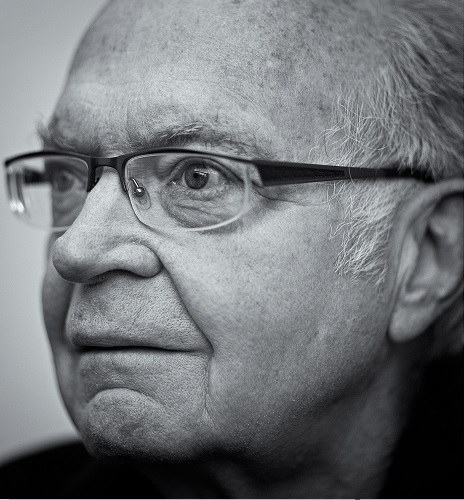
Birthday, January 10, 78 years
A couple of examples of Donald Knuth's congratulations on his birthday of the past


')
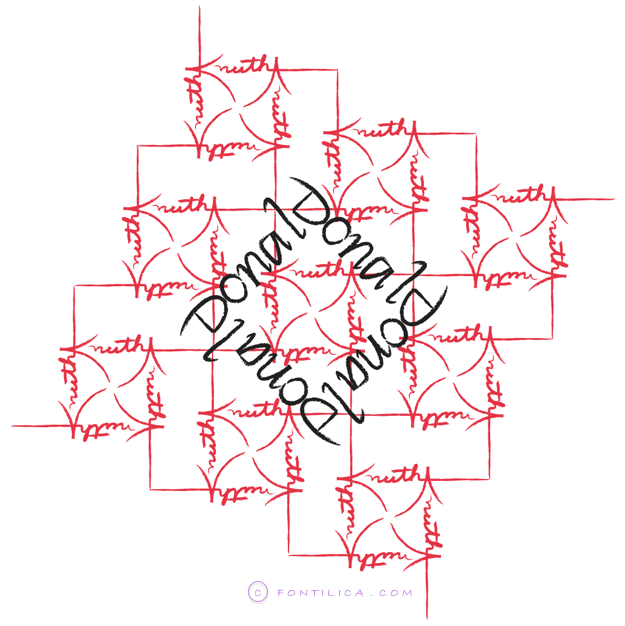
Patents
“No one can“ own ”a mathematical formula. Mathematics belongs to God. ”
Donald Knut
on the inadmissibility of software patents
Religion
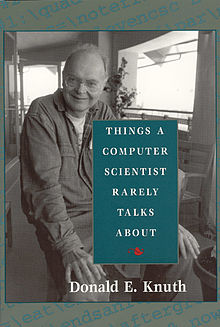
Book Things a Computer Scientist Rarely Talks About
Lecture at Google: The Interaction Between Faith and Science
Humor
Whip introduced its measurement system.
[ source ]
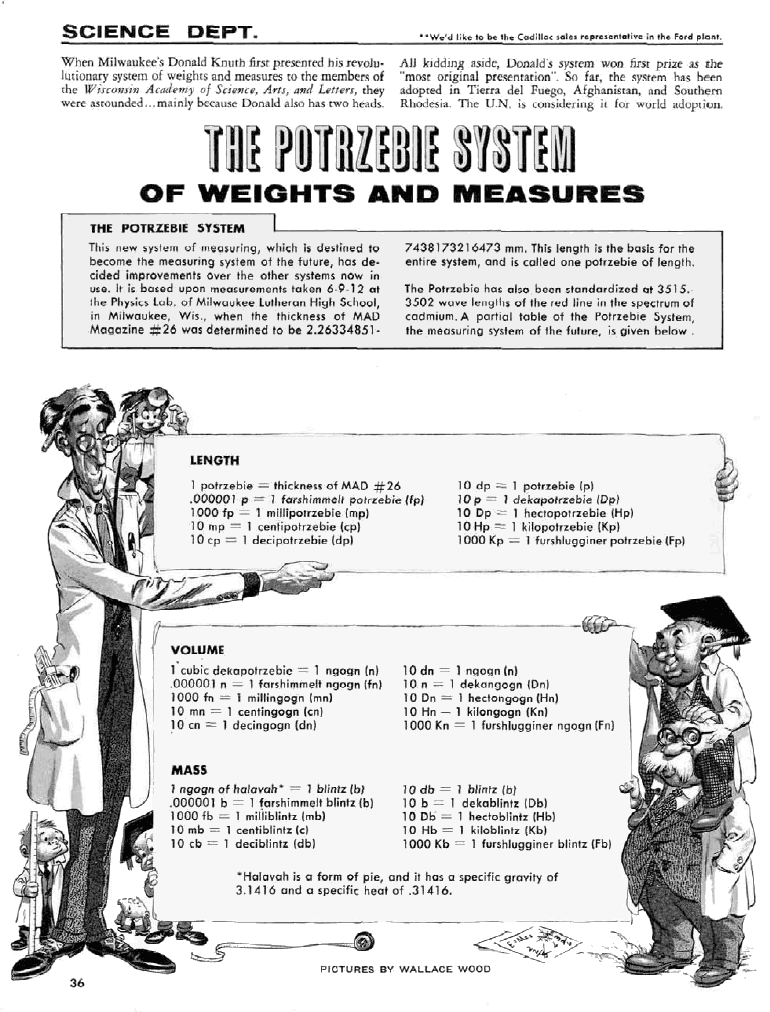

Music

Every day brings new evidence that computer science is applicable to areas of life that are very remote or have no relation to computers. The purpose of this survey is to demonstrate how the important properties of popular songs are best understood in terms of the modern theory of computational complexity.
It is known that almost all songs of length n require text of length ~ n. This, however, imposes considerable demands on the amount of your memory if you need to learn a lot of songs; therefore, our ancient ancestors invented the concept of the refrain [14]. When a song has a chorus, then, as shown in the following lemma, its memorization complexity can be reduced to cn, where c <1.
Lemma 1
Let S be a song containing m verses of length V and a refrain of length R, sung at the beginning, at the end and between adjacent verses. Then the difficulty of memorizing a song S is (V / (V + R)) n + O (1) for fixed V and R as m → ∞.
Continued here .
Russian
I would have learned Russian only for what Ershov spoke to them.
“It started when I was a graduate student. At that time, Andrei ’s book Programming for BESM only appeared, and we, a group of students, were able to convince the Russian language teacher to include it in the course as one of two collections of texts for the study of scientific vocabulary. ”

Donald Knuth was admitted to the “honorary users” of his own publishing system and its Cyrillic version in May 1994, when at the invitation of St. Petersburg University he visited St. Petersburg to receive the title of doctor honoris causa of St. Petersburg State University
The first non-Latin font that appeared in TeX was Cyrillic. By the way, Knut knows Russian - he learned it to read the works of Yershov in the original.
Donald Knuth's memoirs about Andrei Yershov
Andrei Yershov at the Algoruthms conference in Modern Mathematics and Computer Science, USSR, Urgench, 1979 Editors asked me to write down some of my personal memories of Andrei Yershov. Although Andrey and I lived at different ends of the Earth and we were divided by almost 12 time zones, his life had a significant positive impact on me.
It began when I was a last year student at the Case Institute of Technology. At that time, Andrei’s book “Programming for BESM” appeared, and we, a group of students, were able to convince the Russian language teacher to include it in the course as one of two collections of texts for the study of scientific vocabulary. For us it was a wonderful experience, since many technical computer terms could not be found in our dictionaries, and even the teacher did not even hear some of them before! (An English translation by Nedler was not yet published.) We felt that we were seeing the "real" Russian as it is used in science; The book made a much stronger impression on us than the second text, which dealt with satellites and space exploration, but at a very primitive level.
This book not only helped me learn Russian better; I learned from it interesting compiler optimization algorithms. In fact, Andrei’s early work, which prompted the creation of this important area of computer science, is still of interest. His method of presenting the material also turned out to be very significant: the flowcharts presented for the first time in his book, I later used to illustrate the program execution process in my article Computer-drawn flow charts, published in the Communications of the ACM, September 1963, pp. 555-563) and the subsequent series of books The Art of Programming.
The first personal meeting with Andrei took place at a conference of the IFIP working group, where a successor to the Algol-60 language was being prepared. By that time, I learned that Andrew, regardless of Gene Amdahl, invented hashing with a linear number of tests — an important algorithm, the study of which was a turning point in my life, because it led me to the field of algorithmic analysis. (See footnote on p. 529 in my book Sorting and Searching; in Russian translation this footnote is on p. 628). I had heard about the new methods that make up the Alpha language project, which Andrei led. Therefore, I was extremely pleased to have the opportunity to meet him in person, especially since, as it turned out, he is fluent in English. We talked about two hours about compilers and languages, while he copied numerous documents for this conference on Xerox.
Subsequently, we were able to see him more often because he regularly came to meet with John McCarthy at Stanford University. One of these visits was the root cause of perhaps the most memorable event for me - my
participation in the Algoruthms in Modern Mathematics and Computer Science conference (Algorithms in Modern Mathematics and Computer Science) held in Urgench in the USSR in 1979. This conference — the pilgrimage of scientists to holy places, to the place of birth of the very concept of “algorithm” —for me turned out to be a dream come true. Although Andrei and I were officially listed as co-chairs of the conference, Andrei actually took over 99% of the work, while I could rest and enjoy what was happening, learning a lot from the people I met here. This happens once in a lifetime, and I hope that many scientists working in the field of computer science will be able to participate in a similar meeting if someone is inspired by Andrei’s example. During this week, I recognized him much better and was particularly amazed at how brilliantly he coped with all the numerous roles: conference leader, organizer, philosopher, speaker, translator and editor.
I have a lot of other memories, including the wonderful occasion when my wife and I met Andrew at the evening of the American quadrille and he performed the Virginia Reel and “before-the-way”, but what has already been said is enough to understand how important a role Andrei played in my life.
During his last visit to Stanford, I learned about the tremendous work he had done in his last years, about the revolutionary changes in the teaching of computer science to millions of students, which was spoken about all over the world with enthusiasm. We all mourn that Andrei’s life was destined to end so soon, we admire the many that he managed to accomplish, and we know that the fruits of his life will become the source of knowledge for future generations of scientists from around the world working in the field of computer science.
It began when I was a last year student at the Case Institute of Technology. At that time, Andrei’s book “Programming for BESM” appeared, and we, a group of students, were able to convince the Russian language teacher to include it in the course as one of two collections of texts for the study of scientific vocabulary. For us it was a wonderful experience, since many technical computer terms could not be found in our dictionaries, and even the teacher did not even hear some of them before! (An English translation by Nedler was not yet published.) We felt that we were seeing the "real" Russian as it is used in science; The book made a much stronger impression on us than the second text, which dealt with satellites and space exploration, but at a very primitive level.
This book not only helped me learn Russian better; I learned from it interesting compiler optimization algorithms. In fact, Andrei’s early work, which prompted the creation of this important area of computer science, is still of interest. His method of presenting the material also turned out to be very significant: the flowcharts presented for the first time in his book, I later used to illustrate the program execution process in my article Computer-drawn flow charts, published in the Communications of the ACM, September 1963, pp. 555-563) and the subsequent series of books The Art of Programming.
The first personal meeting with Andrei took place at a conference of the IFIP working group, where a successor to the Algol-60 language was being prepared. By that time, I learned that Andrew, regardless of Gene Amdahl, invented hashing with a linear number of tests — an important algorithm, the study of which was a turning point in my life, because it led me to the field of algorithmic analysis. (See footnote on p. 529 in my book Sorting and Searching; in Russian translation this footnote is on p. 628). I had heard about the new methods that make up the Alpha language project, which Andrei led. Therefore, I was extremely pleased to have the opportunity to meet him in person, especially since, as it turned out, he is fluent in English. We talked about two hours about compilers and languages, while he copied numerous documents for this conference on Xerox.
Subsequently, we were able to see him more often because he regularly came to meet with John McCarthy at Stanford University. One of these visits was the root cause of perhaps the most memorable event for me - my
participation in the Algoruthms in Modern Mathematics and Computer Science conference (Algorithms in Modern Mathematics and Computer Science) held in Urgench in the USSR in 1979. This conference — the pilgrimage of scientists to holy places, to the place of birth of the very concept of “algorithm” —for me turned out to be a dream come true. Although Andrei and I were officially listed as co-chairs of the conference, Andrei actually took over 99% of the work, while I could rest and enjoy what was happening, learning a lot from the people I met here. This happens once in a lifetime, and I hope that many scientists working in the field of computer science will be able to participate in a similar meeting if someone is inspired by Andrei’s example. During this week, I recognized him much better and was particularly amazed at how brilliantly he coped with all the numerous roles: conference leader, organizer, philosopher, speaker, translator and editor.
I have a lot of other memories, including the wonderful occasion when my wife and I met Andrew at the evening of the American quadrille and he performed the Virginia Reel and “before-the-way”, but what has already been said is enough to understand how important a role Andrei played in my life.
During his last visit to Stanford, I learned about the tremendous work he had done in his last years, about the revolutionary changes in the teaching of computer science to millions of students, which was spoken about all over the world with enthusiasm. We all mourn that Andrei’s life was destined to end so soon, we admire the many that he managed to accomplish, and we know that the fruits of his life will become the source of knowledge for future generations of scientists from around the world working in the field of computer science.
On the brink of death
Sources
Habr - Donald Knut
Computerra - Who are you, Professor Donald Knut?
Elements - Donald Knut
Wiki - Whip, Donald Erwin
PS
The purpose and meaning of this image remains unknown
a photo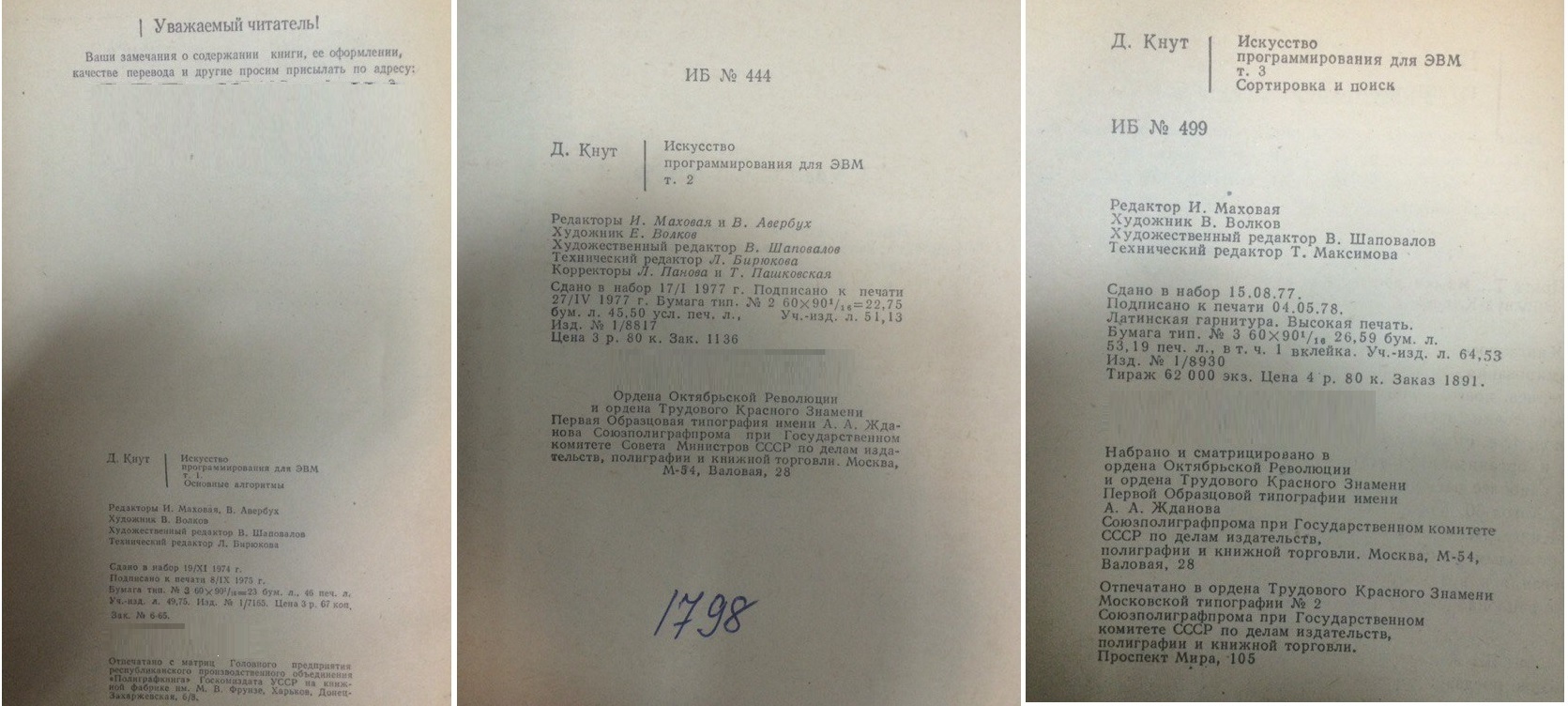
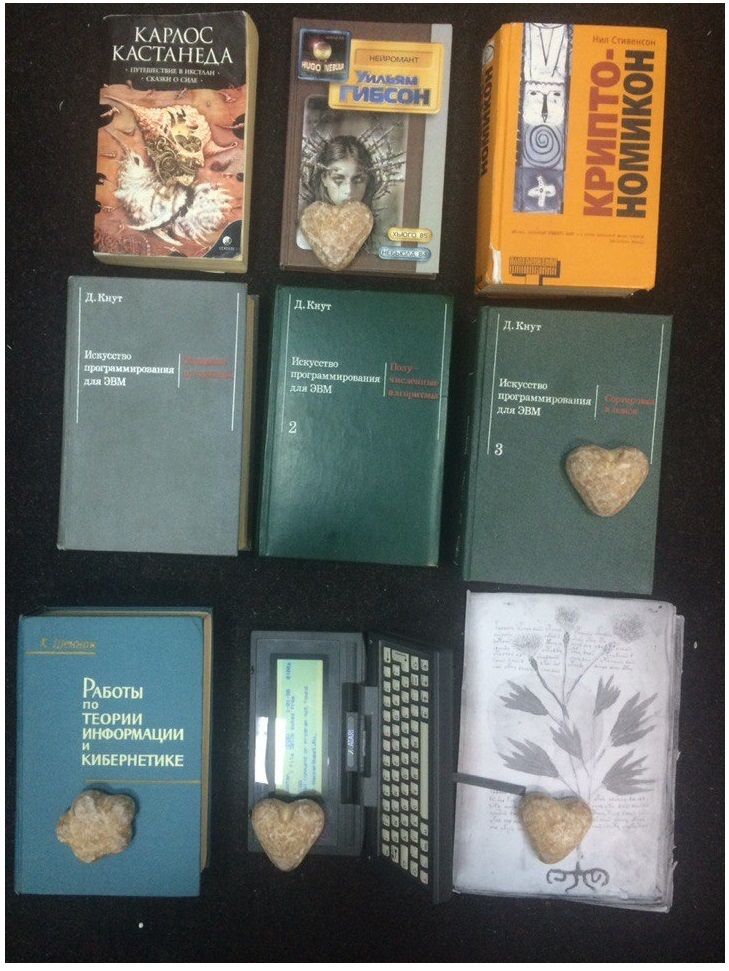


Source: https://habr.com/ru/post/274787/
All Articles